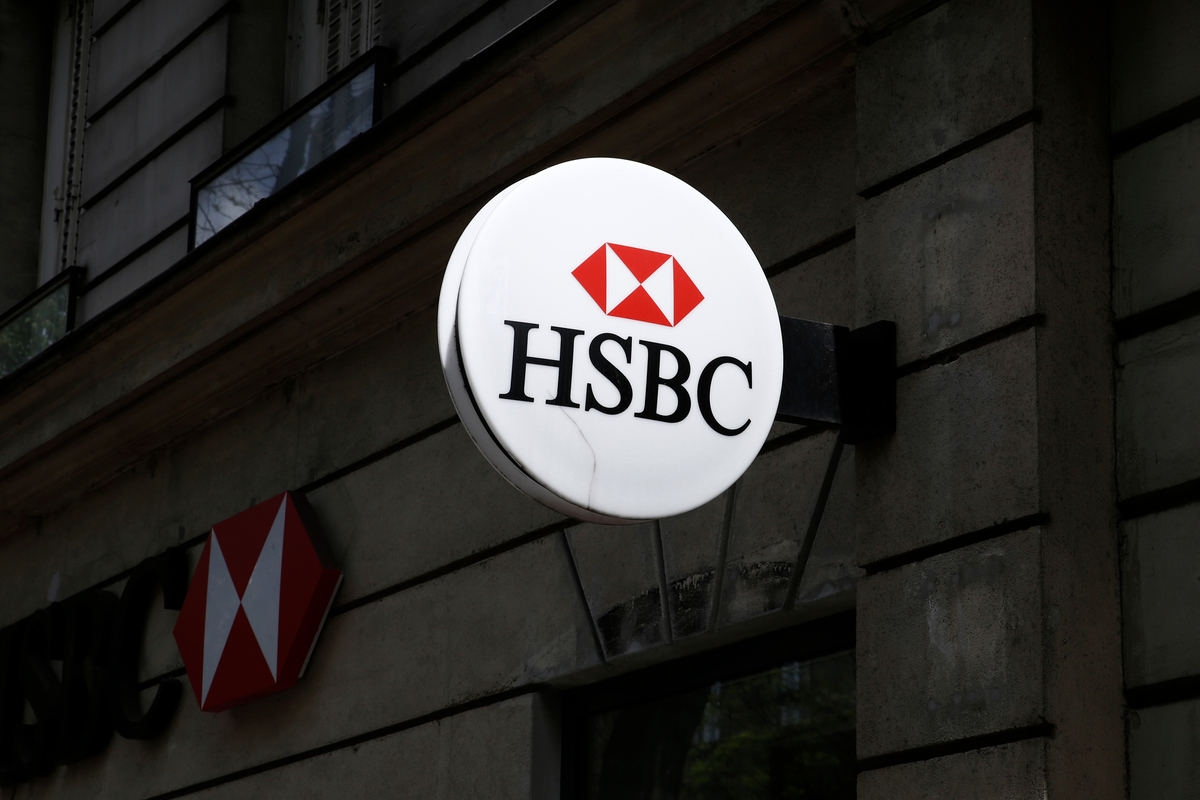Dear visitor,
You're reading 1 of your 3 free news articles this quarter
Register with us for free to get unlimited news, dedicated newsletters, and access to 5 exclusive Premium articles designed to help you stay in the know.
Join the UK's leading credit and lending community in less than 60 seconds.
HSBC cuts opening hours at over 25% branches
Campaigners have shared that the move by the banking giant is “forcing” customers towards online banking.

Senior Journalist, covering the Credit Strategy and FSE News brands.
During the Covid-19 pandemic, the high street lender had cut its opening times on a temporary basis. These altered hours will remain permanent at 122 of its 441 branches.
However, 148 branches will have opening hours extended by half an hour.
HSBC claimed less customers were visiting branches in-person, as more people manage their accounts online and remotely.
Hours will be reduced by over 30% at 26 HSBC branches, and 96 will be open for an hour less each day.
Derek French, a former bank executive who ran the Campaign for Community Banking Services, said: “By closing branches and slashing hours, they are forcing more customers to do banking online.
“While some people will be doing this by choice, others will be forced to do this against their will and not happy about doing so.”
In March 2022, HSBC announced the closure of 69 branches. That came on top of the 82 closed in 2021, as average footfall had dropped by 50% since 2017.
Those closures formed part of the bank’s “transformation programme”, comprising the refurbishing of branches in key locations, a customer outreach programme and HSBC-run community events in local spaces.
At the time, Jackie Uhi, head of HSBC UK’s branch network, said: “The way people bank is changing - something the pandemic has accelerated.
“Our branches continue to support people with their more complex banking needs, but the way we can do this has also evolved, with the addition of banking hubs, community pop ups and continued use of the Post Office network. Rather than a one-size-fits-all branch approach, it’s an approach built around the way different customers are choosing to bank in different areas.
“We know that the majority of our customers have a preference to do much of their day-to-day banking online or via mobile, so we’re removing locations where we have another branch nearby, and where there is a significant reduction in customers using face-to-face branch servicing.
“This will enable us to invest in locations where our customers are continuing to utilise the branch network, including updating technology and refurbishing branches.”
Stay up-to-date with the latest articles from the Credit Strategy team
Get the latest industry news






